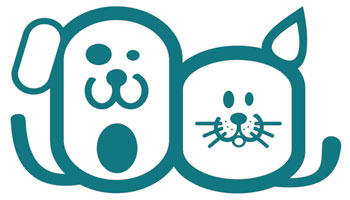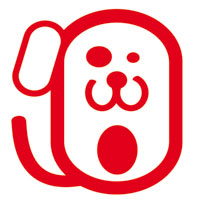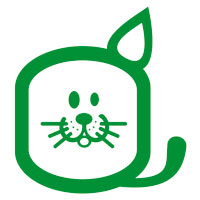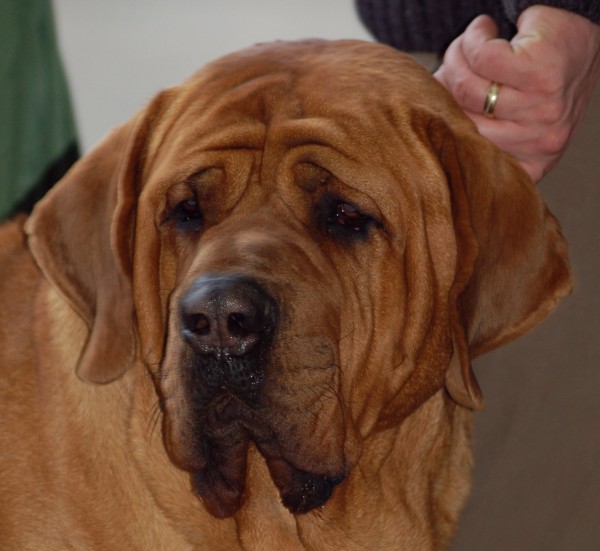Todas las Razas de Mascotas (Perros o Gatos) en PETSmania
El Tosa


Ficha de la raza Tosa
Funcionalidad: Compañía y guardia.
Tamaño: Gigante
Peso: 35-100 Kg.
Tipo de manto: Corto, duro y denso.
Colores: Rojo, leonado, albaricoque, negro y atigrado. Se permiten leves marcas blancas en pecho y pies.
Mantenimiento: Poco
Tipo de raza: Molosoides tipo dogo.
Para casa

La apariencia del Tosa Inu varía considerablemente de tamaño según el pais de cria de estos. Los ejemplares criados en Japón tienden a tener la mitad del tamaño de los ejemplares criados en el resto del mundo. Mientras que los ejemplares japoneses suelen pesar entre 35 y 55 kilos, los extranjeros tienen un peso que oscila entre 60 y 100 kilos.
The Tosa has been bred for hundreds of years in Japan. The country has a long history of dog fighting, beginning in the 14th century. It was developed between the period of 1868 and 1912 by crosses with the Kochi (a local Japanese breed), native Shikoku fighting dogs, with Western breeds such as the German Pointer, Mastiff, Great Dane, Bulldog, St. Bernard, and the Bull Terrier. Tosas were often referred to as the "Sumo wrestler of the dog world." In Japan, the Tosa is considered a national treasure. Although dog fighting is now illegal in Europe, North America, and Japan, secret, illegal pit fights continue in remote rural regions of Japan, where the Tosa, at 66-88 pounds (30-40 kg.) - smaller than those bred in the West - is still used for fighting. The breed excels at Japanese-style dog fighting. Japanese dog-fighting rules in the last century demanded that dogs fight silently, without cowering, and the Tosa fought by these rules - relentlessly and silently. The Tosa is a rare breed, even in their native land and have only recently been introduced to the USA. Unfortunately, this breed is banned in some countries as a dangerous breed. It is definitely unsuitable for beginners, but with the proper socialization, handling and training, it can make a wonderful family companion. This massive dog excels at weight-pulling and makes a great watch and guard dog.
The Tosa, also called the Tosa-Inu or Tosa-Ken, is a stately, massive mastiff dog. The large head is broad with a rather abrupt stop. The muzzle is moderately long and squared-off. The black nose is large. The teeth meet in a scissors bite and the jaws are powerful. The small eyes are dark brown in color. The high-set ears are small and thin hanging close to the cheeks. The neck is muscular, with a dewlap. The tail is thick at the root, tapering to a point and reaching to the hocks when the dog is relaxed. The feet are well padded with dark nails. The coat is short, dense and hard and comes in solid, brindle or multi-colored of red, fawn, apricot, yellow, black, black and brindle and black and tan. There is often a black mask and there may be small white markings on the chest and feet.
The Tosa is loyal, sensitive to the tone of ones voice, paying close attention to their commands. This is not a noisy breed. The Tosa was once used for dog fighting and was bred to fight quietly as Japanese dog fighting rules called for silence. This natural guard dog is protective, courageous and fearless. They need an owner who knows how to display leadership at all times. Socialized them well starting at puppyhood. Aggression and attacks on people are due to poor handling and training. Problems arise when an owner allows the dog to believe he is pack leader over humans and or does not give the dog the mental and physical daily exercise they need to be stable. This breed needs owners who are naturally authoritative over the dog in a calm, but firm, confident and consistent way. A stable, well-adjusted, and trained dog is for the most part generally good with other pets and excellent with children in the family. They must be firmly trained in obedience from an early age. This is not a breed for first time dog owners. A well balanced Tosa who knows his place in the pack will not snap or bite. Early proper manners and training is a must with this breed, teaching the dog to heel on the lead and go in and out doorways after the humans. The Tosa is great with children in the family. Docile and affectionate with the owner. They are protective yet gentle. The Tosa has a very stable temperament. They make an excellent guard dog. Their deep bark and massive size is enough to keep out intruders. Can be reserved with strangers, however a well balanced Tosa will accept newcomers if properly introduced. Socialize this breed well. They need a strong, firm, consistent, confident pack leader who can keep him in this rightful place, below all humans in the alpha order. It is a natural instinct for a dog to have an order in their pack. When we humans live with dogs, we become their pack. The entire pack cooperates under a single leader. Lines are clearly defined and rules are set. You and all other humans MUST be higher up in the order than the dog. That is the only way your relationship can be a complete success. Tosa who are allowed to take over may be dog aggressive. Keep the Tosa away from other dogs that may want to fight, because the Tosa will most certainly win. They have a very high pain tolerance due to their fighting origins.
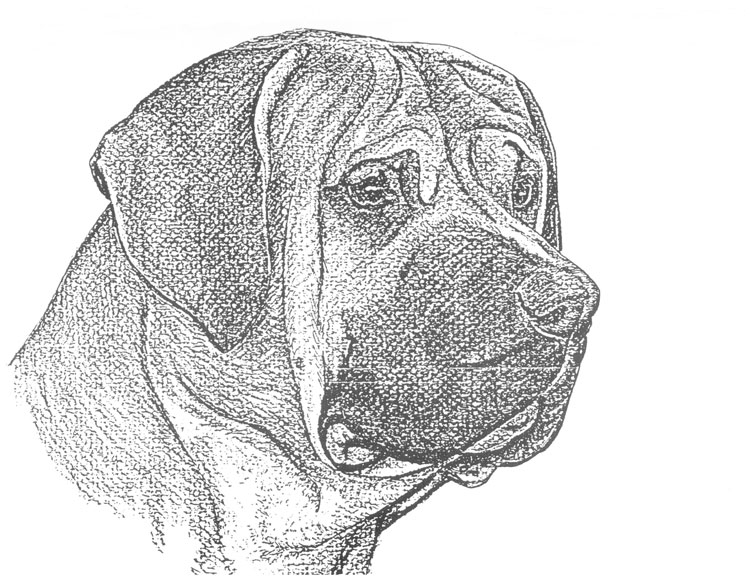
Esta ilustraciõn no muestra necesariamente el ejemplo ideal de la raza
Tosa
Estandar de la Raza Tosa
Por :
Hainaut (Bélgica)
Seccion:
-
- Huesos delgados.
- Hocico puntiagudo.
- Prognatismo superior o inferior leve.
-
- Perro agresivo o temeroso.
- Timidez
- Prognatismo superior o inferior muy marcado.
cacib
 fci.be
fci.bePlace Albert 1er, 13
Thuin
B-6530 - Hainaut - Bélgica
Tel: +32-7159.12.38
Fax: +32-7159.22.29
Nota: no se responsabiliza de la informacion u opiniones vertidas en estos contenidos ni tiene por que estar de acuerdo con ellos.
